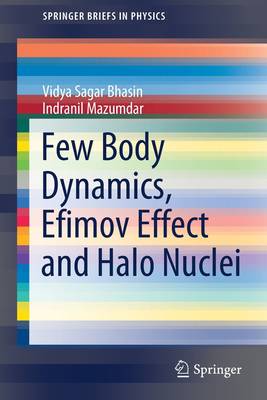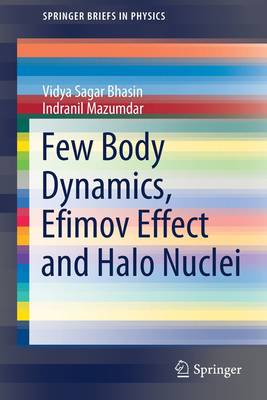
- Afhalen na 1 uur in een winkel met voorraad
- Gratis thuislevering in België vanaf € 30
- Ruim aanbod met 7 miljoen producten
- Afhalen na 1 uur in een winkel met voorraad
- Gratis thuislevering in België vanaf € 30
- Ruim aanbod met 7 miljoen producten
Zoeken
€ 83,95
+ 167 punten
Omschrijving
This book presents an overview of the different few-body techniques developed in nuclear physics and their applications to explore the structural properties of neutron-rich unstable nuclei, the so-called halo nuclei. Formal theory of two- and three-body scattering are discussed in a compact and abridged form to initiate the beginners who want to investigate the problems of halo nuclei within the framework of three-body models. Readers gain in-depth knowledge about the methods involved to solve the two- and three-body scattering problem and a special focus is put on the Faddeev approach. In this sense, the authors address both the graduate students and senior researchers. Subsequently, a detailed analysis of the Efimov effect in three-body systems is presented and the search for the effect in atomic nuclei, both Borromean and non-Borromean is addressed. The book also presents a detailed account of how to analyze, within the framework of a 3-body approach and using realisticshort range forces, the structural properties of halo nuclei. Finally, the authors discuss the recent progress in effective field theory by setting up the integral equations for 3-body scattering and applying it to study low energy scattering of neutrons off halo nuclear targets.
Specificaties
Betrokkenen
- Auteur(s):
- Uitgeverij:
Inhoud
- Aantal bladzijden:
- 127
- Taal:
- Engels
- Reeks:
Eigenschappen
- Productcode (EAN):
- 9783030561703
- Verschijningsdatum:
- 21/12/2020
- Uitvoering:
- Paperback
- Formaat:
- Trade paperback (VS)
- Afmetingen:
- 156 mm x 234 mm
- Gewicht:
- 217 g

Alleen bij Standaard Boekhandel
+ 167 punten op je klantenkaart van Standaard Boekhandel
Beoordelingen
We publiceren alleen reviews die voldoen aan de voorwaarden voor reviews. Bekijk onze voorwaarden voor reviews.








